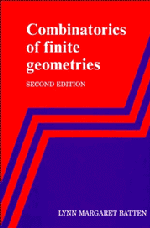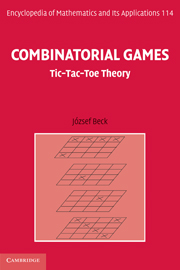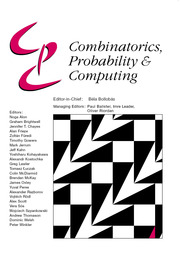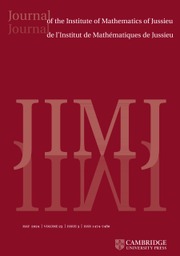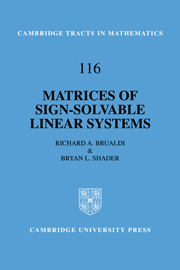Combinatorial Matrix Theory
The book deals with the many connections between matrices, graphs, diagraphs and bipartite graphs. The basic theory of network flows is developed in order to obtain existence theorems for matrices with prescribed combinatorical properties and to obtain various matrix decomposition theorems. Other chapters cover the permanent of a matrix and Latin squares. The book ends by considering algebraic characterizations of combinatorical properties and the use of combinatorial arguments in proving classical algebraic theorems, including the Cayley-Hamilton Theorem and the Jorda Canonical Form.
Reviews & endorsements
"A reader who is familiar with basic results in matrix theory will surely be captivated by this concise self-contained introduction to graph theory and combinatorial ideas and reasoning." S. K. Tharthare, Mathematical Reviews
"...a major addition to the literature of combinatorics." W. T. Tutte, Bulletin of the American Mathematical Society
Product details
July 1991Hardback
9780521322652
380 pages
236 × 160 × 32 mm
0.76kg
Available
Table of Contents
- 1. Incidence matrices
- 2. Matrices and graphs
- 3. Matrices and digraphs
- 4. Matrices and bigraphs
- 5. Combinatorial matrix algebra
- 6. Existence theorems for combinatorially constrained matrices
- 7. Some special graphs
- 8. The permanent
- 9. Latin squares.



